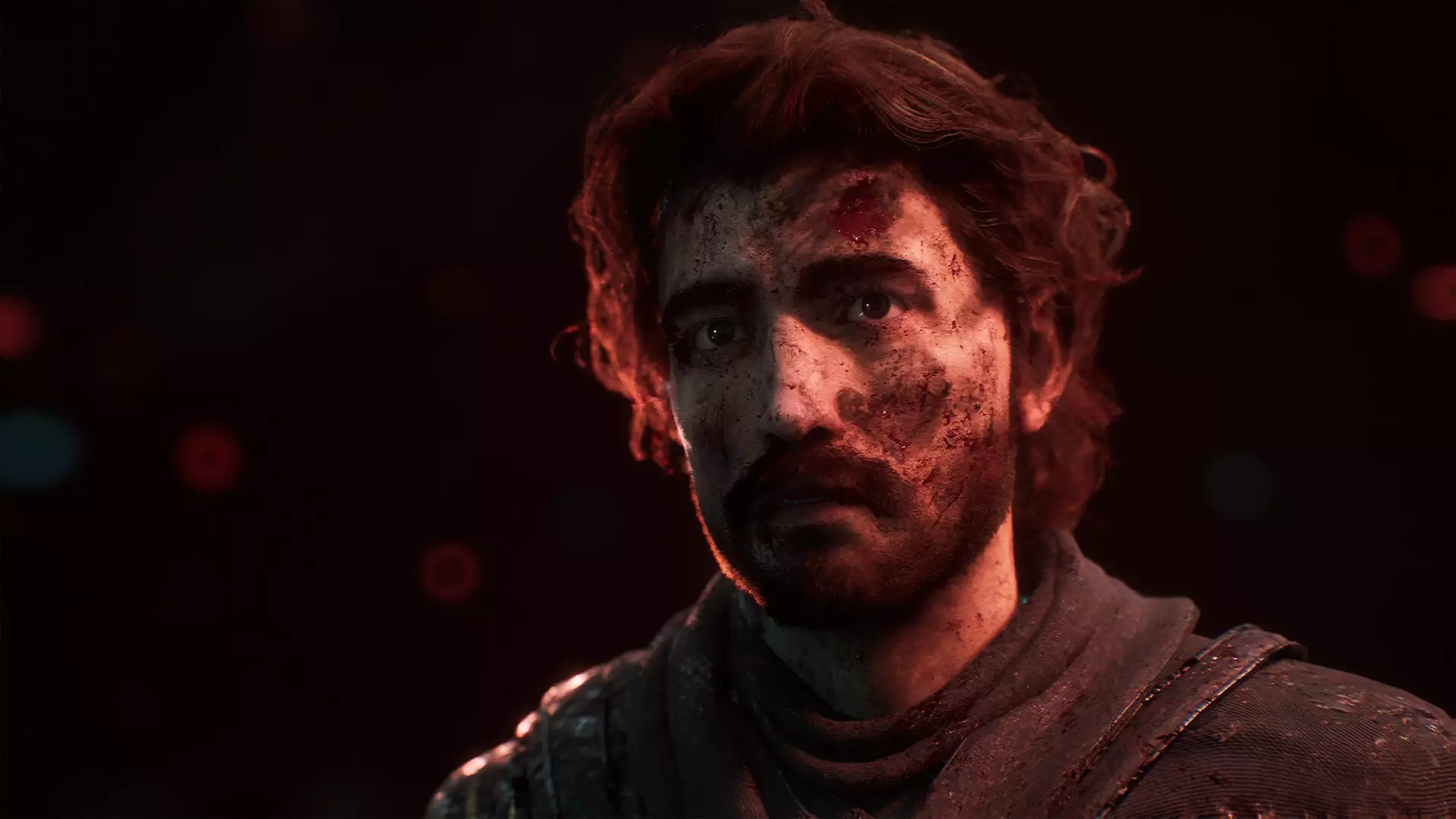In the landscape of storytelling within video games, predictable narratives often diminish emotional impact. However, Clair Obscur: Expedition 33 boldly subverts this norm by embracing a shockingly unorthodox decision: murdering its protagonist early in the story. This turn challenges players’ assumptions and forces an emotional reckoning that lingers long after the screen fades to black. The deliberate choice to kill off Gustave, the seemingly central figure, transforms the game into a profound exploration of loss and attachment. It confronts the player with the uncomfortable truth that even the most carefully cultivated skills and relationships are transient, emphasizing the impermanence that underpins human experience.
This narrative decision is a testament to the game’s overarching theme: loss is not just an occasional event but an integral element of life itself. By removing Gustave prematurely, the creators underscore the fragility of hope and the unpredictability of fate. It’s a calculated risk that subverts player expectations, replacing predictable hero-journey tropes with a sobering reflection on mortality and sacrifice. This approach underscores the idea that true storytelling in gaming doesn’t always rely on comfort but seeks to evoke genuine emotion, even if that means risking alienation or discomfort.
The Artistic Rationale Behind the Sacrifice
The creators’ admission that the protagonist’s demise was originally conceived as a joke adds a fascinating layer of insight into their creative process. Initially thinking it a humorous idea, the team quickly realized the profound thematic resonance such a choice could evoke. When Guillaume Broche, the game’s director, and Jennifer Svedberg-Yen, the lead writer, joked about killing the main character, they tapped into something deeper—an effective narrative device to communicate the game’s core theme: inevitable loss.
By embracing this darkly unconventional choice, the developers demonstrate a mastery of emotional manipulation, turning a seemingly reckless joke into a meaningful storytelling technique. The death of Gustave is more than a plot twist; it’s a deliberate effort to immerse players in a visceral understanding of vulnerability. This decision effectively invites players to reflect on the transient nature of relationships and personal achievements in their own lives. It’s a reminder that in storytelling, emotional truth often comes from the willingness to confront uncomfortable realities head-on.
Challenging Player Attachment and the Illusion of Control
One of the most compelling aspects of Clair Obscur is how it manipulates player attachment. In typical games, players invest time, effort, and emotion into their characters—building skill trees, exploring narratives, and forging bonds. This investment creates a sense of security, a feeling that the protagonist’s survival is almost guaranteed. Clair Obscur dismantles this illusion with a jarring yet purposeful killing early in the game, forcing players to confront the impermanence of their emotional investments.
This deliberate disruption serves as a powerful commentary on the nature of gaming itself. It questions the notion of control and safe storytelling, revealing that meaningful narratives often involve vulnerability and loss. By doing so, the game elevates itself beyond mere entertainment, becoming a medium for introspection. The death of Gustave becomes a catalyst that compels players to re-evaluate their relationships with characters—both digital and real—and accept that attachment inherently involves risk.
Redefining Emotional Impact in Game Design
Clair Obscur’s approach to storytelling exemplifies how emotional impact can be amplified when developers are willing to take bold risks. Sacrifice, as a central narrative device, functions not just as a plot point but as a tool to evoke empathy and reflection. When players see Gustave perish early on, it’s impossible not to question the reasons behind such a choice and what it signifies about the game’s message.
This method challenges designers to think beyond conventional heroics and happy endings. Instead, it advocates for stories that mirror real life’s unpredictability and emotional turmoil. By doing so, Clair Obscur defies genre expectations and sets a new standard for how video games can serve as a medium for profound human experiences. It suggests that the most memorable storytelling often involves giving players permission to feel genuine grief, loss, and, ultimately, growth.
Clair Obscur’s daring narrative decision to kill its protagonist early on is a masterstroke that underscores the game’s thematic depth. It invites players into a shared experience of loss, challenging their perceptions of control, attachment, and resilience. This unconventional approach not only elevates the storytelling potential of video games but also affirms that true emotional engagement often thrives in the face of discomfort. In an industry often driven by predictability, Clair Obscur demonstrates that taking creative risks can forge a more honest, impactful, and unforgettable narrative journey.

